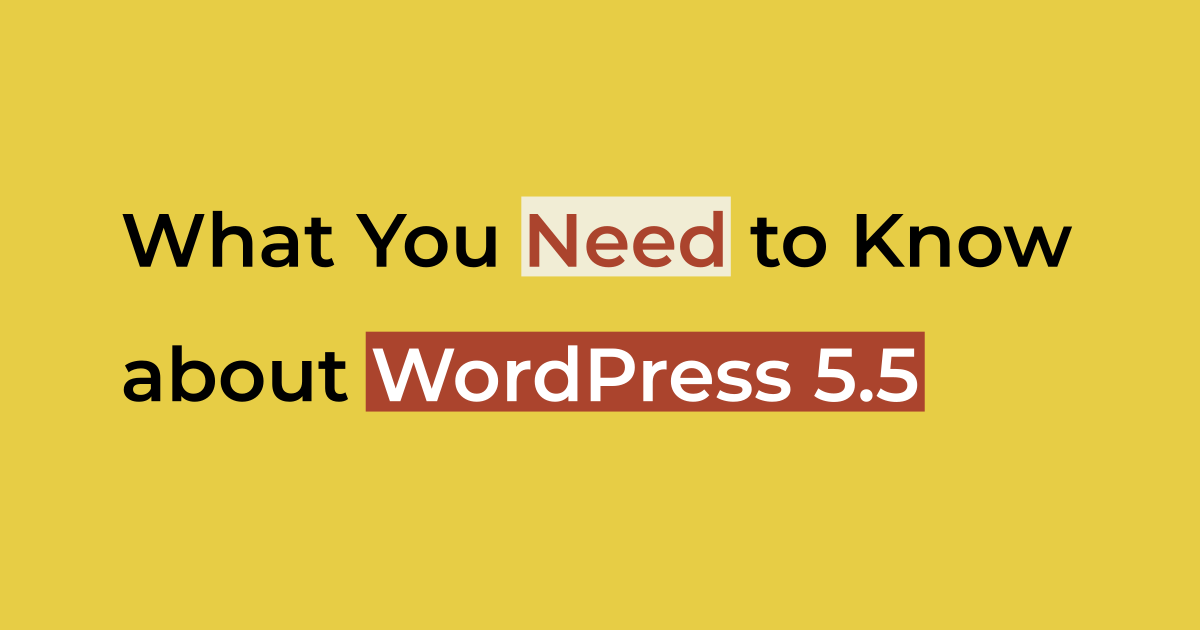WordPress 5.5 was released yesterday and it’s a huge update. WordPress 5.5 is the second major release of 2020. Many of the improvements brought by this update involve the WordPress block editor. In this article, I will be covering a handful of the main changes you should know about.
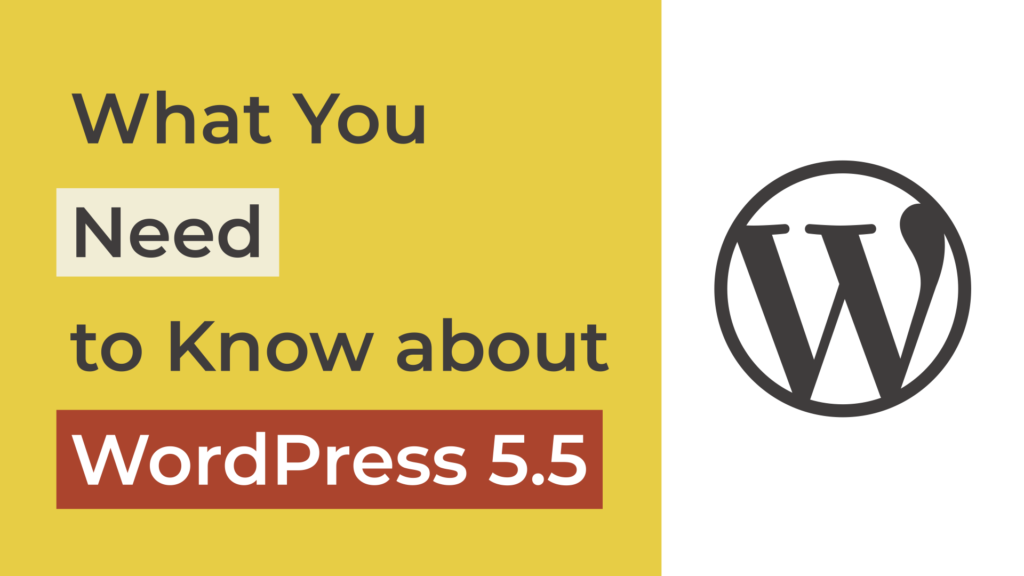
Block Editor Improvements
For a while now, the block editor has been the go-to place to edit and publish content within WordPress. A huge number of UI improvements, features, and bug fixes were made in WordPress 5.5.
The Block Directory
Possibly the elephant in the room is the new block directory that was introduced in WordPress 5.5. In addition to all the blocks you know and love, you can also add blocks not available on your site.
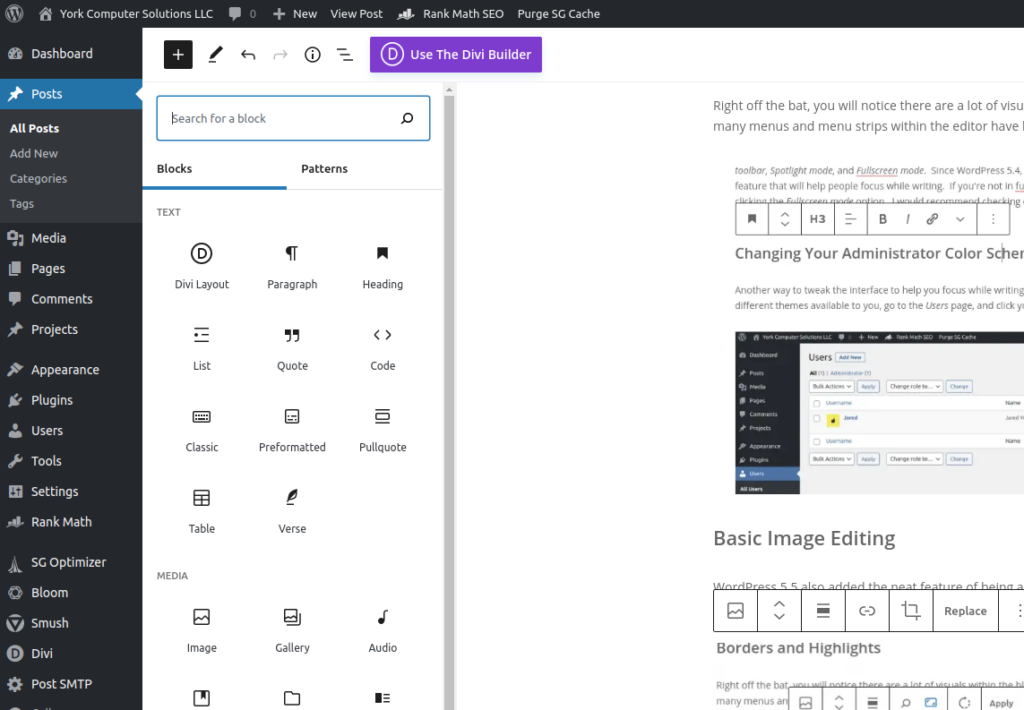
Effectively, you are browse and add third-party blocks all from a search in the block directory.
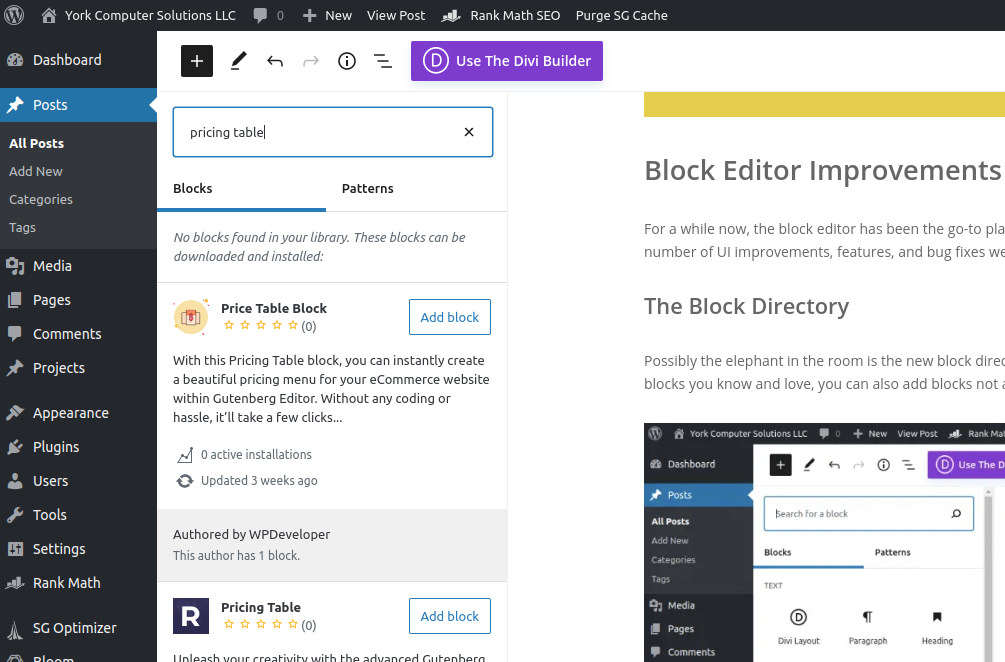
Borders and Highlights
Right off the bat, you will notice there are a lot of visuals within the block editor that have been improved. For example, many menus and menu strips within the editor have borders now so they are easier to see.
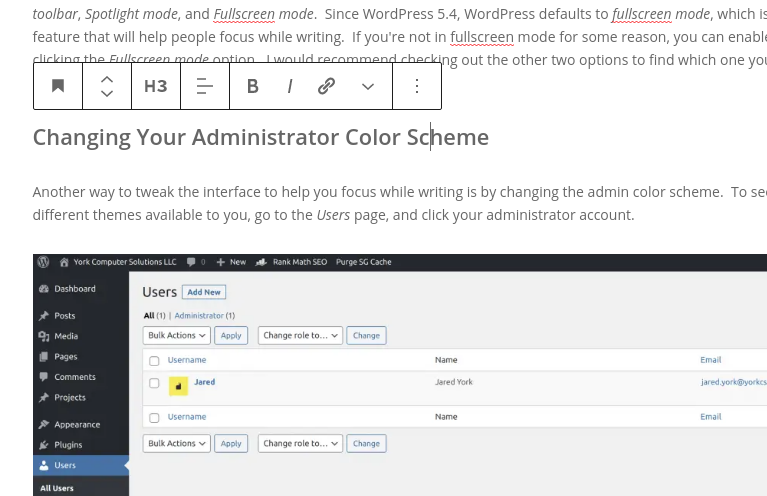
Basic Image Editing
WordPress 5.5 also added the neat feature of being able to edit images within the block editor. The update enables you to change the image width, height, aspect ratio, and also allows you to crop and rotate as well.
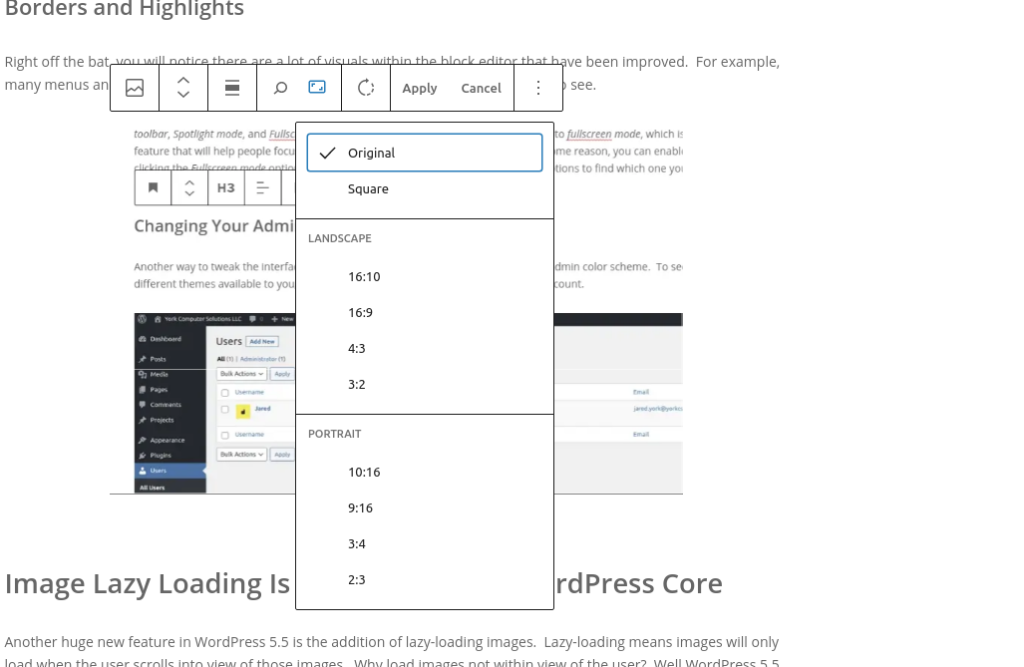
Image Lazy Loading Is Now Baked into WordPress Core
Another huge new feature in WordPress 5.5 is the addition of lazy-loading images. Lazy-loading means images will only load when the user scrolls into view of those images. Why load images not within view of the user? Well WordPress 5.5 addresses this with lazy-loading baked into WordPress core.
The Addition of XML Sitemaps
WordPress 5.5 added XML sitemaps that will be automatically published for your website. An XML sitemap is essentially an index of your website in XML format. XML sitemaps are useful for search engines so they can crawl your website more efficiently.
This isn’t to say that the XML sitemaps now provided by WordPress is the best option. Popular SEO plugins such as Yoast and Rank Math SEO will continue providing their own custom XML sitemaps. The default WordPress XML sitemaps are quite basic and lack the features of most dedicated SEO plugins.
If you’re already using an SEO plugin, feel free to sit back. You won’t have to do anything. SEO plugins with custom sitemap functionality will disable the default WordPress XML sitemaps.
The Option to Auto-update Plugins and Themes
WordPress 5.5 added a feature, which I can see a lot of people finding useful, an option to auto-update plugins and themes. That’s right, you can enable your WordPress website to automatically update your plugins and themes so your website stays up-to-date and secure. You can even enable auto-updating on individual plugins or themes. If you prefer to update plugins and themes manually, WordPress 5.5 now allows you to do so with a ZIP file.
Changes for Developers
There are also some notable changes for developers that WordPress 5.5 brings to the table. Here are the most notable changes:
- Server-side registered blocks in the REST API: The addition of block types endpoints means that JavaScript apps (like the block editor) can retrieve definitions for any blocks registered on the server.
- Defining environments: WordPress now has a standardized way to define a site’s environment type (staging, production, etc). Retrieve that type with wp_get_environment_type() and execute only the appropriate code.
- Dashicons: The Dashicons library has received its final update in 5.5. It adds 39 block editor icons along with 26 others.
- Passing data to template files: The template loading functions (get_header(), get_template_part(), etc.) have a new $args argument. So now you can pass an entire array’s worth of data to those templates.
- More changes for developers: The PHPMailer library just got a major update, going from version 5.2.27 to 6.1.6.
- Now get more fine-grained control of redirect_guess_404_permalink().
- Sites that use PHP’s OPcache will see more reliable cache invalidation, thanks to the new wp_opcache_invalidate() function during updates (including to plugins and themes).
- Custom post types associated with the category taxonomy can now opt-in to supporting the default term.
- Default terms can now be specified for custom taxonomies in register_taxonomy().
- The REST API now officially supports specifying default metadata values through register_meta().
- You will find updated versions of these bundled libraries: SimplePie, Twemoji, Masonry, imagesLoaded, getID3, Moment.js, and clipboard.js.
The WordPress core development team also published a post detailing some miscellaneous changes relevant to development, as well as a post outlining the PHP related changes to WordPress in version 5.5.
Conclusion
WordPress 5.5 is an enormous and welcome update for the WordPress community. WordPress is just getting better and better. From the UI enhancements, to lazy-loading, WordPress will continue to grow as the most popular content management system on the market. You can view the release blog post directly from the WordPress development team to learn more about this update.
If you haven’t updated already, please be sure to make a backup of your website before updating. You never know if your theme or other important plugins break your site.
Have questions or feedback about this update? Drop a comment down below, I would love to hear from you.
Do you need a fresh redesign for your website, or need help maintaining your website? Please reach out to us and let us know how we can help! With this latest WordPress update, using the software has never been easier.
